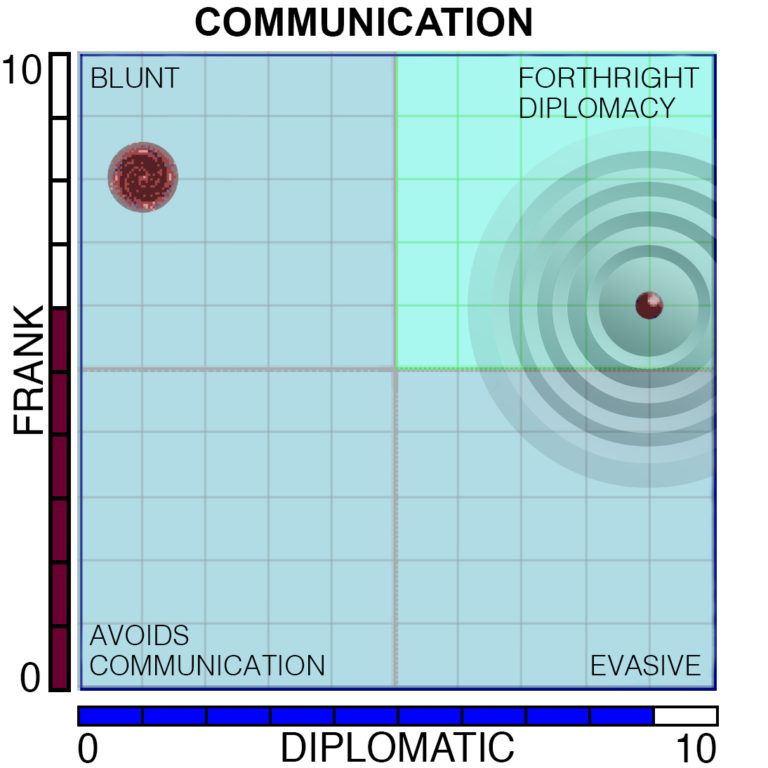
"According to a recent Harris Poll ... a stunning majority (69%) of the managers said that they're often uncomfortable communicating with employees. Over a third (37%) of the managers said that they're uncomfortable having to give direct feedback about their employees' performance if they think the employee might respond negatively to the feedback."
Effective communication is a core trait of leadership and there is an abundance of training materials, books, and articles designed to help leaders improve critical communication skills. Although communication training is a core emphasis within almost every leadership development program, the recent Harris Poll shows that a focus on effective communication skills alone is not enough to help managers and leaders learn how to effectively communicate. What is not provided in the training is the understanding and awareness of how different people react to critical feedback.
By knowing in advance how employees are likely to respond to critical feedback, managers are better able to prepare themselves and develop a plan that allows them to effectively utilize their communication training. Personality Trait Assessments are a valuable tool that can provide managers the insight they need to feel more comfortable communicating with employees and providing critical feedback.
An excellent example of a personality trait assessment that can help improve communication is the Harrison Assessment. The Harrison Assessment was developed in 1990 and utilizes a proven mathematical model that measures twelve key personality traits; and more importantly, it measures how people's personality traits change under stress. Dr. Dan Harrison, the creator of the Harrison Assessment, refers to this as the Paradox scale.

The graph above is an example of a Paradox Graph for the personality trait for communication. This specific paradox graph is for a former VP of Business Development who is now the President of a company. What this Paradox Graph shows is that this individual is a good communicator during normal situations. He has a good balance of being to the point while being sensitive to the manner in which the information is communicated. However, when under stress or when he feels a project is stalling, this individual becomes blunt and can be perceived as having an aggressive demeanor. This shift under stress is referred to as a Paradox Flip.
Flipping from a point of balance to a point of aggression was a major challenge for this individual throughout his career. He was seen as stubborn and difficult to work for and with. However, over the past five years, this individual has been working on managing this Paradox Flip by focusing on managing his tone and delivery during difficult times.
After a very challenging international installation in 2016, this individual reported back that the plant manager at the project site referred to him as the "match that wouldn't strike" because, no matter how badly things were going, he remained calm and kept everyone focused on meeting the project timeline.
By calculating the personality traits when someone is at a point of calm and at a point of stress, the Harrison Assessment provides managers and employees the behavioral awareness and self-awareness they need to improve their ability to communicate even when under stress.
Communication is one of twelve traits the Harrison Assessment measures. To learn more about the Harrison Assessment and its Paradox Technology, visit our website and download a sample Paradox report.


